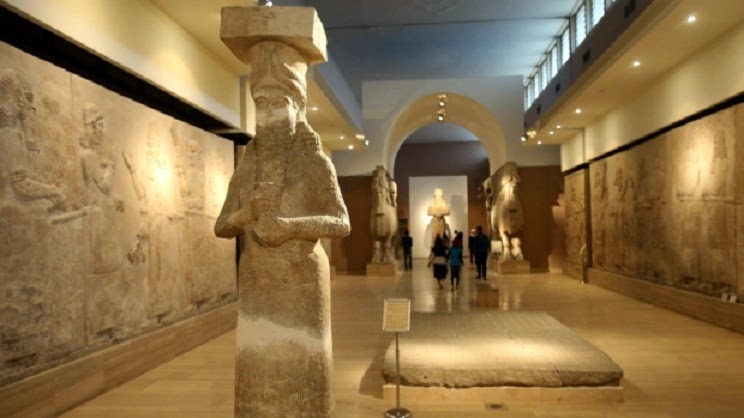Sew La Ti Embroidery [Search results for profit]
About the mortgage and a loan

Redevelopment of the Car Factory In Porte d'Ivry [France, Paris]
![Redevelopment of the Car Factory In Porte d'Ivry [France, Paris]](https://blogger.googleusercontent.com/img/b/R29vZ2xl/AVvXsEivUZLoroGU_FG4ukCnZ7xsCxTfsqj2YH1CHExK101uxOraMd_1EIBrhftjY3S8Z13RRoXT5pNpLKs8augCP1FmwEqrxKqADb8o2HoTL_Ts23b7VzRE1dd7dGU64hRNN_9s3hTvC0eoOG1u/s960/Paris.jpg)
Iraq: US returns Iraqi artefacts recovered in Syria raid

Julia Furtado was crowned Miss Maine 2011

Mr Donald Duck

Iraq: Iraq says ISIS demolishes ruins to cover up looting
